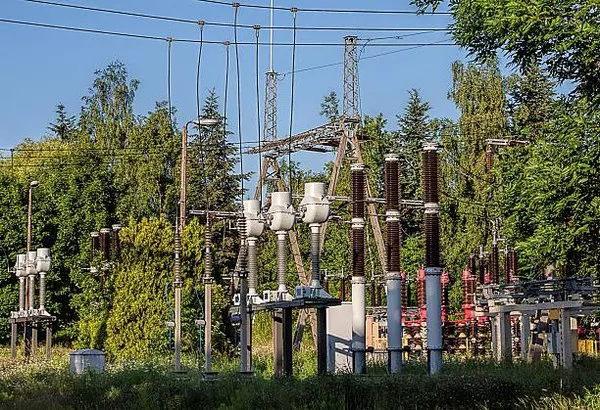Electrical transformers are essential devices that play a pivotal role in the generation, transmission, and distribution of electricity. These seemingly complex machines have a straightforward purpose: to change the voltage of alternating current (AC) electricity. In this article, we will demystify the inner workings of electrical transformers, breaking down the complexity into simple terms that anyone can understand.
Understanding the Basics
Before delving into the inner workings of electrical transformers, it’s essential to grasp a few fundamental concepts.
Voltage: Voltage, often measured in volts (V), is the force that pushes electrical current through a circuit. High voltage is used for long-distance transmission, while lower voltage is utilized in homes and businesses.
Current: Current, measured in amperes (A), represents the flow of electrical charge in a circuit. It is analogous to the flow of water in a pipe.
Alternating Current (AC): AC is the type of electricity we use in our homes and most industries. It constantly changes direction, flowing first in one direction and then in the other. This alternation occurs rapidly, typically 50 or 60 times per second (hertz, Hz).
Frequency: Frequency is the number of cycles per second in an AC waveform. In many parts of the world, the standard frequency is 50 Hz, while in North America, it’s 60 Hz.
Now that we have the basics covered, let’s explore how electrical transformers work.
The Core Principle: Electromagnetic Induction
At the heart of every electrical transformer lies the principle of electromagnetic induction, discovered by Michael Faraday in the early 19th century. Faraday’s groundbreaking work demonstrated that a changing magnetic field induces an electromotive force (EMF) or voltage in a conductor.
Electromagnetic induction is the key to understanding how transformers function. Transformers consist of two essential components: a primary coil and a secondary coil, both wound around a common magnetic core.
The Primary Coil
Voltage Input: The primary coil is connected to a source of AC voltage, typically at a higher voltage level. This coil induces a magnetic field around itself when current flows through it.
Magnetic Field Generation: As the AC voltage alternates, the current in the primary coil fluctuates accordingly. These variations create a changing magnetic field within the core.
The Secondary Coil
Voltage Output: The secondary coil is connected to the load or the device that requires the transformed voltage. The induced magnetic field from the primary coil interacts with the secondary coil.
Electromagnetic Induction: The changing magnetic field generated by the primary coil induces an EMF in the secondary coil. This EMF drives a current in the secondary coil, allowing electrical energy to be transferred from the primary to the secondary coil.
Understanding the Turns Ratio
The voltage transformation in a transformer is achieved by controlling the number of turns (loops) in the primary and secondary coils. This ratio between the turns in the primary and secondary coils is called the “turns ratio” and is represented by the symbol “N.”
Turns Ratio (N) = Number of Turns in Secondary Coil / Number of Turns in Primary Coil
By manipulating the turns ratio, transformers can either step up (increase) or step down (decrease) the voltage as needed for specific applications. For instance:
A transformer with a turns ratio greater than 1 will step up the voltage from the primary to the secondary coil, making it suitable for long-distance power transmission, where high voltages reduce energy losses.
Conversely, a transformer with a turns ratio less than 1 will step down the voltage, making it suitable for supplying power to homes, businesses, and industrial equipment.
Efficiency and Core Material
To ensure the efficient operation of a transformer, the core material must have high magnetic permeability. Common core materials include iron and various alloys. These materials allow the magnetic field to concentrate and pass through the coils, reducing energy losses due to magnetic leakage.
Efficiency in transformers is crucial because any energy lost as heat represents wasted resources. High-efficiency transformers minimize these losses, contributing to a more sustainable and cost-effective electrical infrastructure.
Conclusion
Electrical transformers are the unsung heroes of our electrical grid, facilitating the efficient and safe distribution of electrical power. While their inner workings may seem complex at first glance, the core principle of electromagnetic induction and the manipulation of turns ratios simplify their operation.
By changing the voltage levels in a controlled and precise manner, transformers enable electricity to travel across vast distances, powering our homes, industries, and cities. Understanding the basics of how transformers work is not only fascinating but also empowers us to appreciate the intricate network that keeps our modern world electrified.

